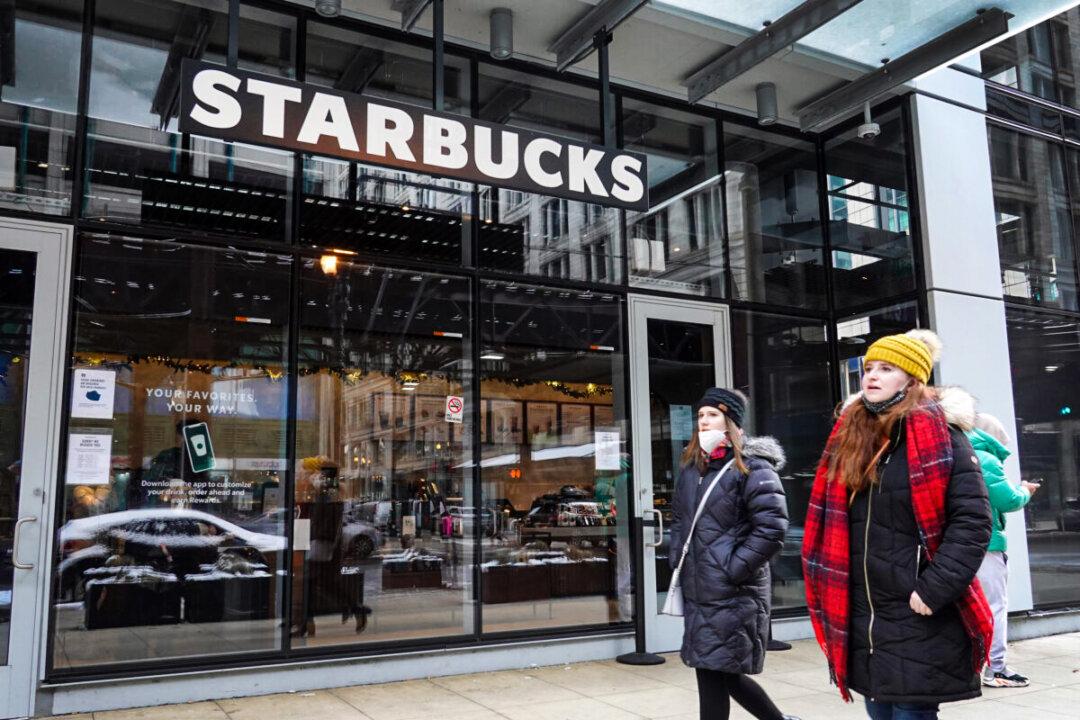In early February, Starbucks fired seven workers at a store in Memphis, Tennessee, in the midst of efforts to unionize company employees. While Starbucks claimed the firings were the result of violated policies, workers argued the policies were unclear.
The firings appear to be the latest spark in a growing fire that involves Starbucks workers who want to unionize and are facing pushback from the corporation. The first corporate Starbucks store unionized in Buffalo, New York, in December 2021, after executive-level Starbucks officials traveled there seeking to deter the campaign.





